Deck & Commander Strategies
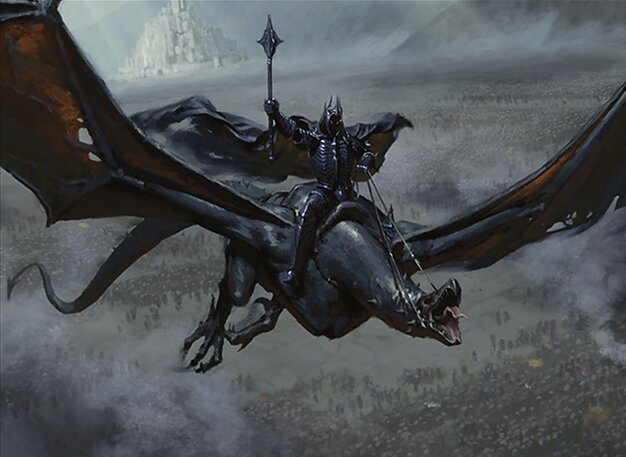
Lord of the Nazgûl
Cast numerous cheap spells to generate and buff a swarm of rat tokens, controlling the board through disruption and large evasive attackers.
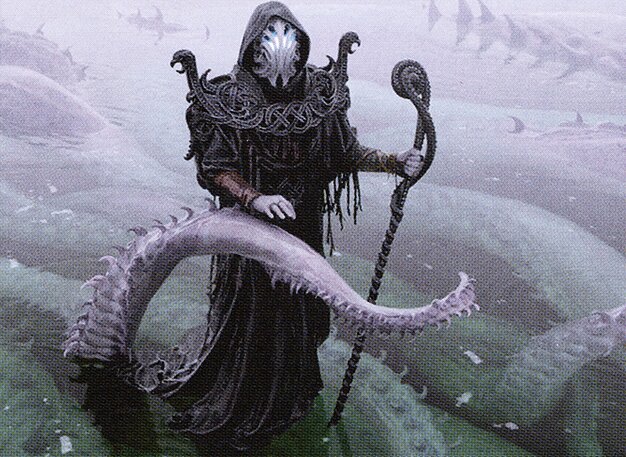
Orvar, the All-Form
Leverage cloning and copying of spells to create multiple token copies and maximize spell triggers, building a wide board and overwhelming opponents with cloned effects.

Mizzix of the Izmagnus
Focus on casting instant and sorcery spells to trigger creature abilities, accumulate experience counters, and use proliferate and burn to control the board and deal damage.
Gameplay Insights
- 1
The Demonstrate mechanic drastically increased the number of spells cast, amplifying triggers from all commanders and creating complex board states quickly.
- 2
Orvar's ability to copy both spells and creatures allowed for exponential growth in token presence and spell triggers, making him a central threat to manage.
- 3
Lord of the Nazgûl's synergy with cheap spells and rat tokens created a relentless swarm that grew stronger each turn, forcing opponents to consider defensive plays.
- 4
Mizzix decks used experience counters and proliferate to enhance their creatures and spells, turning incremental advantages into potent threats over time.
- 5
Strategic use of counterspells and removal was critical, as seen when Fuel for the Cause was used to counter a key spell, demonstrating the importance of interaction despite the high spell volume.
- 6
Players managed mana carefully to maximize their spell output each turn, with artifacts like Forger's Foundry enabling recasting spells from exile, increasing spell count and triggers.
Notable Cards
-

Lord of the Nazgûl
-

Orvar, the All-Form
-

Mizzix of the Izmagnus
-
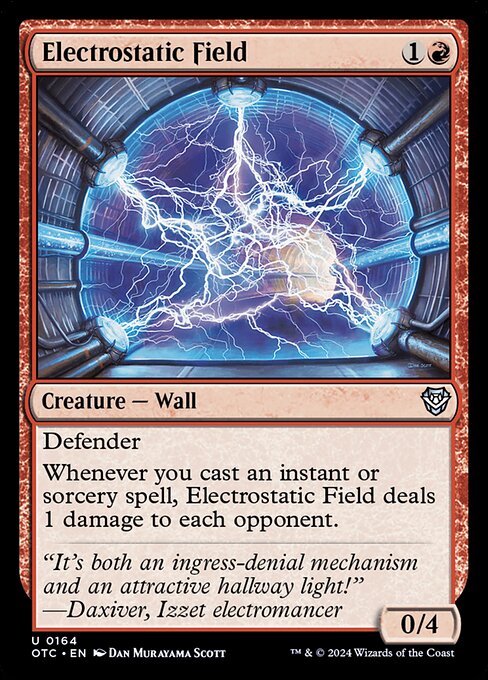
Electrostatic Field
-
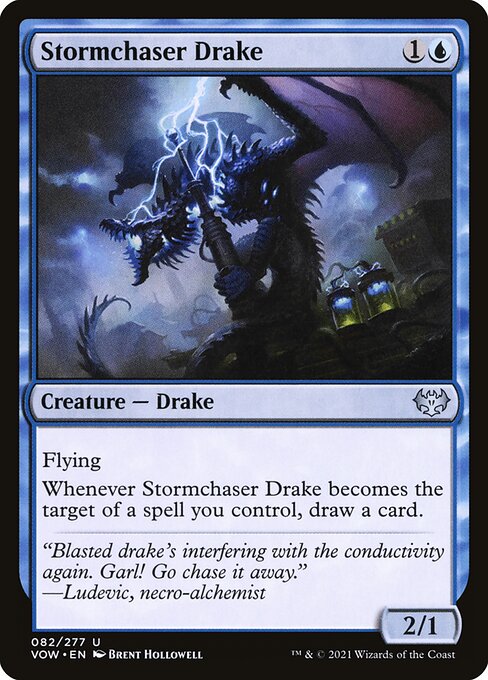
Stormchaser Drake
-

Aether Adept
-

Fuel for the Cause
-
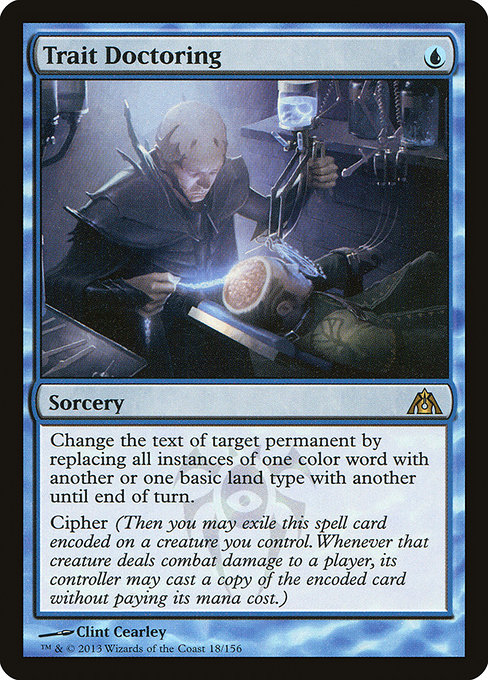
Trait Doctoring
-
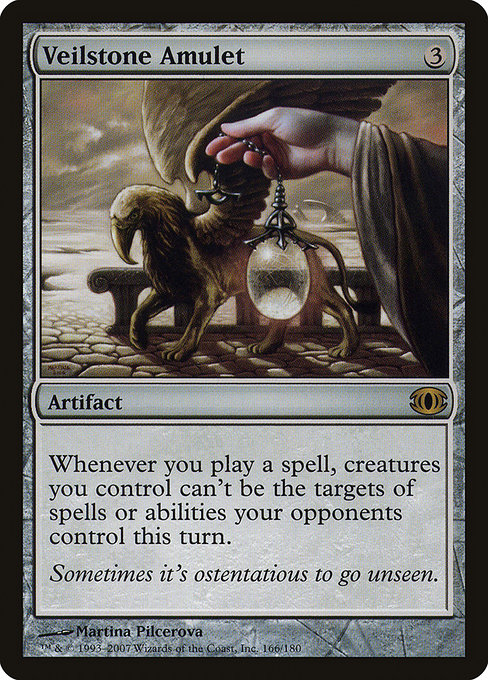
Veilstone Amulet
-
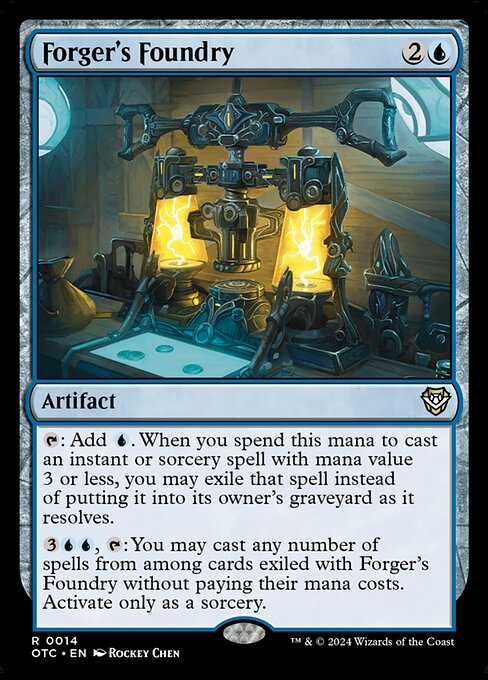
Forger's Foundry
Gameplay Summary
The game featured a chaotic free-for-all with three spell-slinging commanders: Lord of the Nazgûl, Mizzix of the Izmagnus, and Orvar, the All-Form.
Early turns focused heavily on ramp and setting up boards with cheap spells and creatures, with players quickly deploying key pieces like Lord of the Nazgûl, Electrostatic Field, and Stormchaser Drake.
The unique game rule allowed each instant or sorcery cast to be copied, with an opponent also receiving a copy, significantly increasing the spells cast and interactions on the board, leading to rapid escalation of threats and synergies.
Orvar capitalized on cloning and spell duplication, generating more creatures and triggers, while Mizzix decks sought to trigger multiple creature abilities with frequent instants and sorceries, building experience counters and leveraging proliferate for incremental advantage.
Lord of the Nazgûl's rat tokens grew larger with each spell, applying pressure through wide boards and flying threats.





























![Commander VS S3E5: Meren vs Ezuri vs Daxos vs Mizzix [MTG: Multiplayer] thumbnail](https://i.ytimg.com/vi/loGTYPhi5mA/sddefault.jpg)
![Commander Vs Special: Meren vs Mizzix vs Ezuri vs Daxos [MTG: Multiplayer] thumbnail](https://i.ytimg.com/vi/7hdwKwKQk8s/sddefault.jpg)




